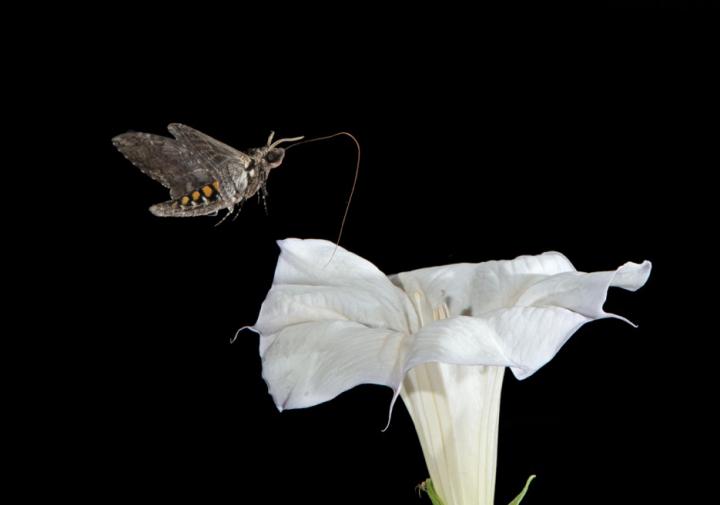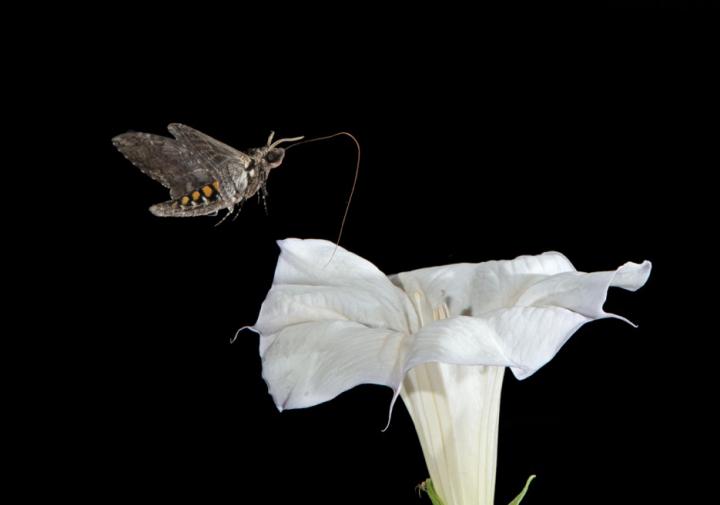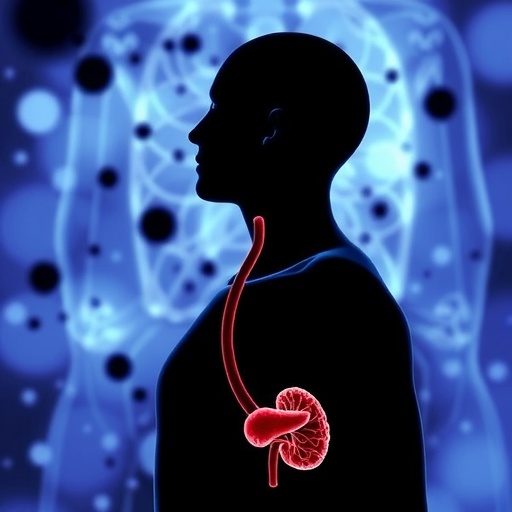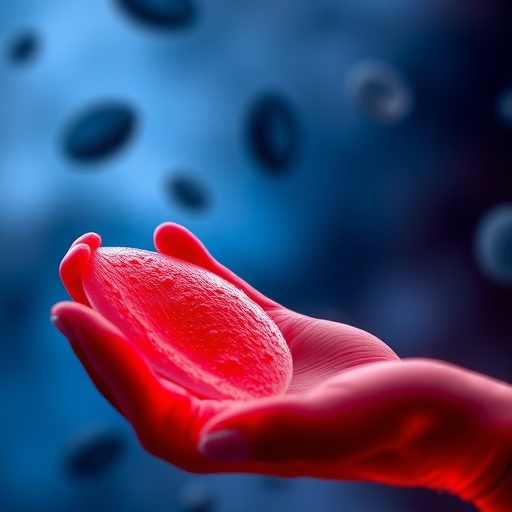
Credit: Bruce D. Taubert
Animals that feed almost solely on nectar, which doesn't produce protective antioxidants, are still able to avoid experiencing oxidative damage to their muscles through a clever adaption that involves converting carbohydrates into antioxidants, a new study reveals. The results help solve a long-standing mystery as to how nectar-feeding species, which don't get an antioxidant boost through their food, are able to expend so much energy without experiencing muscle damage. When muscles expend energy, byproducts called reactive oxygen species (ROS) are released, which can damage cells. Antioxidants are important nutrients that help reduce the damage; most animals mainly attain antioxidants through their diet. Here, Eran Levin and colleagues fed hawkmoths nectar and measured levels of muscle damage after flight, compared to controls that did not consume nectar. Remarkably, the nectar-fed moths flew farther and yet experienced less oxidative damage than controls; as well, they had higher levels of an antioxidant critical for protecting cell membranes. Next, moths were fed nectar containing glucose with differently labeled carbon isotopes, allowing the researchers to track how the nectar was metabolized. Their results reveal that the moths rely on the pentose phosphate pathway (PPP) to covert carbohydrates in the form of sugar into antioxidants. Carlos Martinez del Rio and Michael E. Dillon discuss these findings and the PPP in greater detail in a related Perspective, noting that this ancient mechanism for producing antioxidants may be shared with other animals, including humans.
###
Media Contact
Science Press Package
[email protected]
202-326-6440
@AAAS
http://www.aaas.org
############
Story Source: Materials provided by Scienmag





